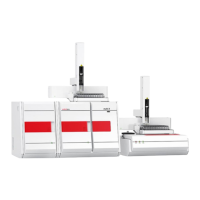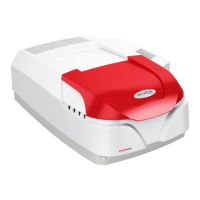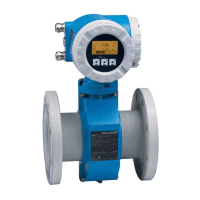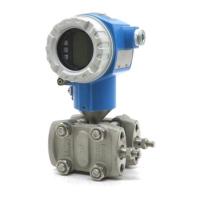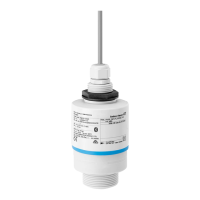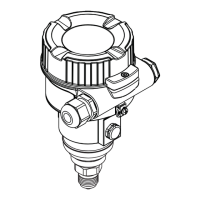Function and setup multi N/C 2100S
34
3.3.6 TN
b
-Analysis
Parallel to all analyses via high temperature incineration, the detection of the total
bound nitrogen is possible in the TN
b
analysis. The thermocatalytic oxidation results in
nitrogen oxides which can be detected alternatively using an external
chemiluminescence detector (CLD) or an electrochemical detector (ChD).
3.4 Catalysts
Various suitable solids can be used as catalysts or oxygen carriers in the
multi N/C 2100S supporting the combustion of the components of the sample material
in a temperature range of 700 °C to 950 °C.
For the multi N/C 2100S the use of the catalyst "special catalyst platinum" with a
reaction temperature of 800 °C is recommended. In the presence of a high saline sample
matrix (e.g. sea water) reduction of furnace temperature to a level below the melting
point of the salts is recommended, in order to minimize wear. This catalyst has been
specially developed and can be used universally over the whole operating range of the
multi N/C 2100S both for the carbon and the nitrogen detection. Because of its very low
individual blank value it enables a safe and precise analysis for low carbon and nitrogen
contents on the one hand. On the other hand, it also works stable during the analysis of
highly loaded aqueous materials.
Alternatively, the catalyst "special catalyst for multi N/C" (CeO
2
) can be used with a
reaction temperature of 850 °C.
3.5 Calibration
3.5.1 Calibration strategies
For most applications a multiple point calibration with constant sample volume and
variable concentrations is carried out.
The concentration series for the ranges to be calibrated are prepared and the settings
measured in the selected method. The calibration range should be defined in
accordance with the expected sample concentrations.
Calibration is possible across a large concentration range.
A multiple point calibration with variable metering volumes and constant concentration
can also be used.
A standard solution for the range to be calibrated is prepared measured for different
volumes in accordance with the settings in the selected method.
The calibration should be verified using a second independently prepared standard to
preclude the incorrect preparation of the calibration standard.
For measurements in the range of low concentrations (< 10 mg/l) the blank value of the
preparation water must be taken into account.
Multiple point calibration
with constant sample
volume
Multiple point calibration
with constant
concentration

